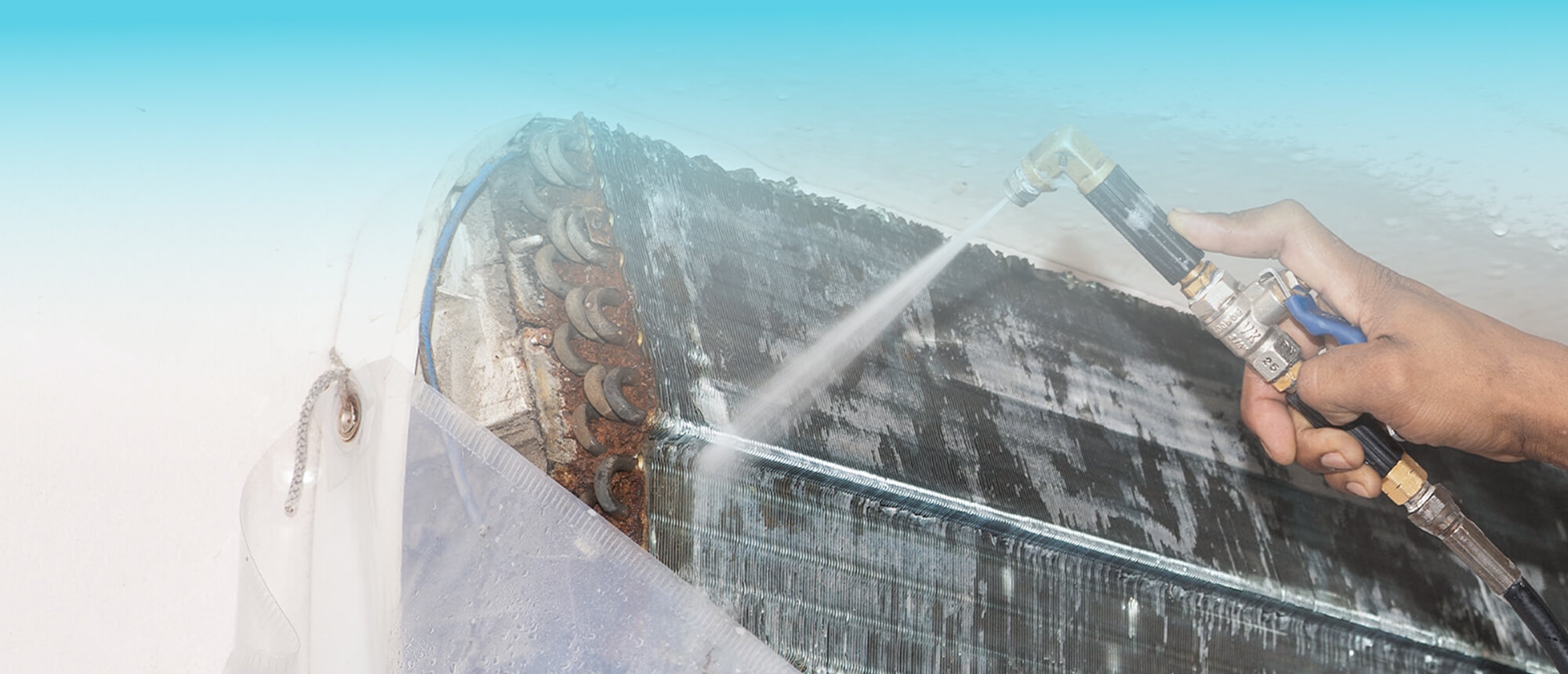Most of us are well-aware of the dangers of inhaling mold, especially in the most common place it shows up – the bathroom. We find ourselves doing our best to prevent it by taking actions such as drying out the shower curtain or replacing it frequently, or checking for mold in the walls. However, many people are unaware that mold can also form in other places that we find ourselves in on a daily basis, and might even be more dangerous than the mold we see in the bathroom.
How and why is mold created in the air conditioner?
As with all other molds, air conditioner mold is also created by exposure to a wet and humid environment. In fact, the mold is everywhere around us, since the spores have the ability to fly through the air and get shoved by the wind into various places –the most common being the air conditioning system. Naturally, due to their manner of operation, air conditioners are devices that always have a high level of humidity in them. This humidity, combined with dust and dirt gathered in the conditioning ducts, serve as ideal conditions for the formation of mold. In addition, it is important to remember that the weather may also encourage the development of mold and its transference from one place to another.

What are the dangers of inhaling mold-infested air?
Mold is an actual and distinct health hazard, and inhaling it might cause a range of health issues. It is only natural that people who are already sick, especially with diseases that involve the respiratory system or that have a weakened immune system, will be in greater danger should they be exposed to mold. People who suffer from allergies, for instance, might develop a direct allergic reaction to mold and quickly deteriorate to critical condition once they inhale it. Cancer patients as well as people who suffer from autoimmune diseases and other severely sick people might also develop harsh symptoms following exposure to mold, and even those in stable condition might deteriorate quickly. Even though these populations are at a heightened health risk if they are exposed to mold, it should be stressed that inhaling mold is very dangerous for healthy people as well, and might cause the following conditions:
- Upper respiratory tract infections – in 2004, research conducted by a medical institute found these infections might cause laryngitis and worsen symptoms in asthma patients.
- Allergies, asthma and bronchitis – inhaling mold might cause allergies, asthma and bronchitis in healthy people who did not have these conditions prior to inhaling mold.
- Development of various diseases – mold “eats away” and destroys the surface it inhabits, even when inside the human body. When we inhale the mold, the spores penetrate our body and take root in order to grow and prosper. When our immune system cannot contain the mold and destroy it, this may cause an array of health issues, some of which are very dangerous and life-threatening.
How can you prevent mold from building up in the air conditioner?
As you can see, mold that builds up in the air conditioner is dangerous, and it is important to take preventative measures. Below are a few efficient ways that can help you prevent mold from building up in your air conditioner:
- Use “ventilation” mode – the moisture in the air builds up inside the air conditioner. That is why, before you turn off the air conditioner, you should put it in ventilation mode for about fifteen minutes. In ventilation mode, the compressor does not actually work, which allows it to release the moisture captured inside the air conditioner and prevent it from building up in the ventilation ducts.
- Install an air purifier – as previously mentioned, the mold spores are airborne and get to the air conditioning ducts. Using an air purifier helps solve this issue as well as protect you and those around you in the space where it is installed, even if it is mold-infected. These kinds of air purifiers can be found in various companies and businesses. For instance, Atom imports the world’s most advanced air purifiers that fit all international standards for this category. The company also provides a warranty and the highest level of service with all its devices.
- Clean the filters often – the air conditioner’s filters gather up dust and dirt, which serve as a great platform for mold to develop. Cleaning the filters regularly and often will help prevent this issue. If you only clean the filters once a year, during Spring cleaning, we suggest you make this a more common monthly thing. Especially during the times of year when the air conditioner works overtime. It is important to take into account that once you clean the filters with water, you must let them dry out completely before putting them back in, since a wet filter is a breeding ground for new mold.
- Clean the air conditioner’s surroundings with a dry cloth – as previously explained, moisture is one of the main factors for mold to build up in various places. Therefore, when cleaning the air conditioner and its surroundings, you should use cleaning methods that are as dry as possible. You can wipe the dust off with a cloth, run an old (and dry) toothbrush between the fibers of the air conditioner in order to release the dust particles stuck there, or even use a vacuum cleaner in an inverted way (to blow out air rather than suck it in) in order to blow air particles out and clean them. If you have to use water, make sure to dry out the moisture when you are done, just like when cleaning the filter.
How can you clean the mold inside the air conditioner?
We talk a lot about how to prevent mold before it is formed, but if you have reached a condition where mold has gathered up in your air conditioner, it is very important to not only clean the air conditioner but also sanitize it and its environment well, using a special mold removal spray. In most cases, these are alcohol-based materials that can be sprayed on the various parts of the air conditioner. However, it is important to take into account that if you already noticed mold in your air conditioner, it is already in an advanced state as the mold we can see is just a part of the mold that has built up in the air conditioner over time. In this case, we have to use professionals or replace the air conditioner, or parts of it. Therefore, in many other cases it is important to focus on preventing mold rather than retroactively treating it.
